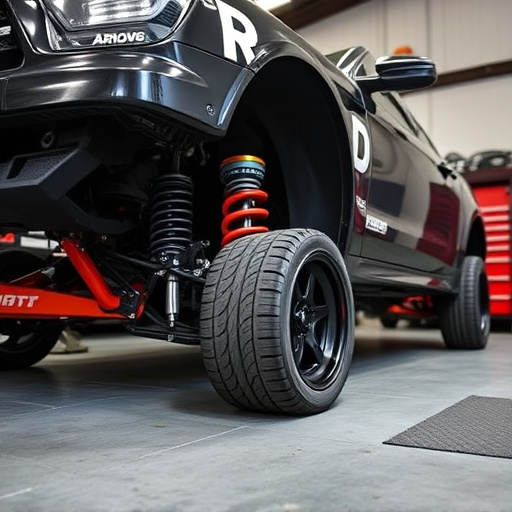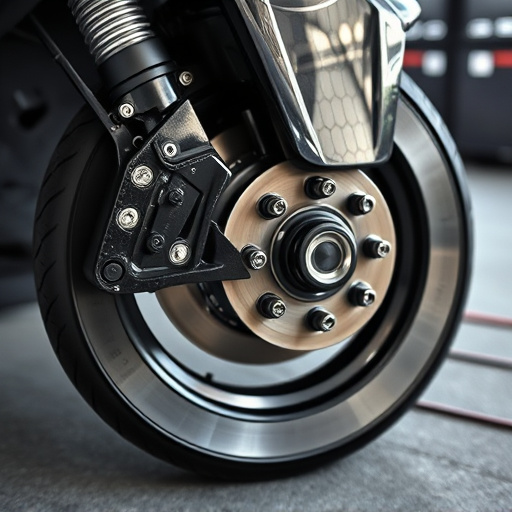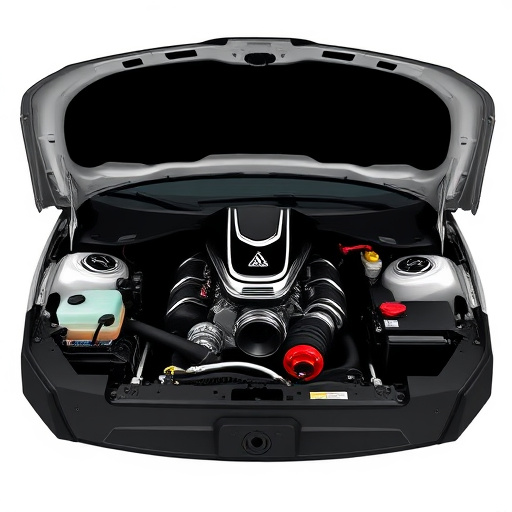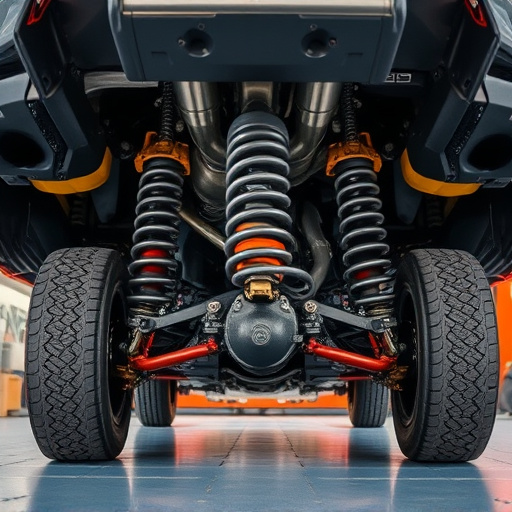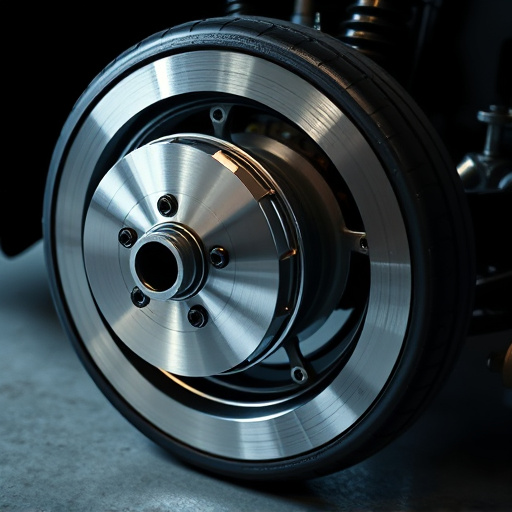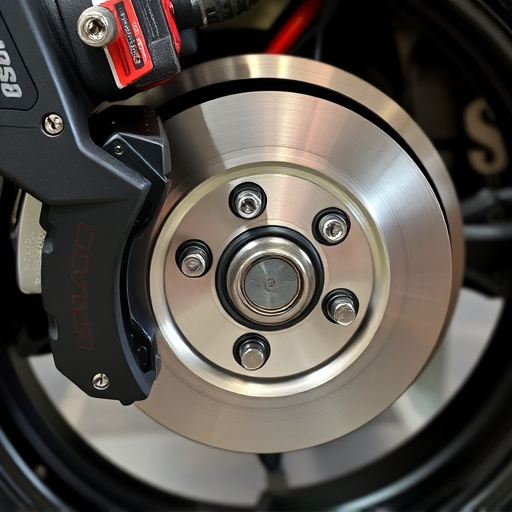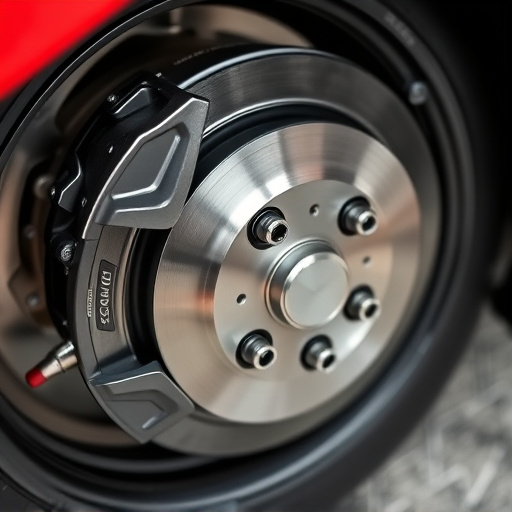Turbo Heat Shields are vital for turbocharged vehicles, insulating intake air from exhaust heat and maintaining optimal temperatures. They protect vulnerable parts, extend component lifespans by stabilizing combustion processes, and optimize vehicle performance. Using advanced materials to reflect heat and reduce thermal conduction, these shields ensure a consistent, cool air supply to the engine. This enhances combustion, boosting power output, torque, fuel economy, and engine health while reducing wear on components like turbos and pistons.
Discover how turbo heat shields are revolutionizing engine performance. This essential component, designed to manage heat in turbocharged systems, plays a crucial role in maintaining optimal intake air temperature. By understanding its function and the science behind it, we uncover significant benefits. Lowering intake air temperature boosts engine efficiency and power output, making turbo heat shields a game-changer for automotive enthusiasts. Explore these advantages and learn how this technology enhances overall engine health.
- Understanding Turbo Heat Shields: Their Role in Engine Performance
- The Science Behind Turbo Heat Shielding: How It Works
- Benefits of Lower Intake Air Temperature: Impact on Engine Efficiency and Power Output
Understanding Turbo Heat Shields: Their Role in Engine Performance
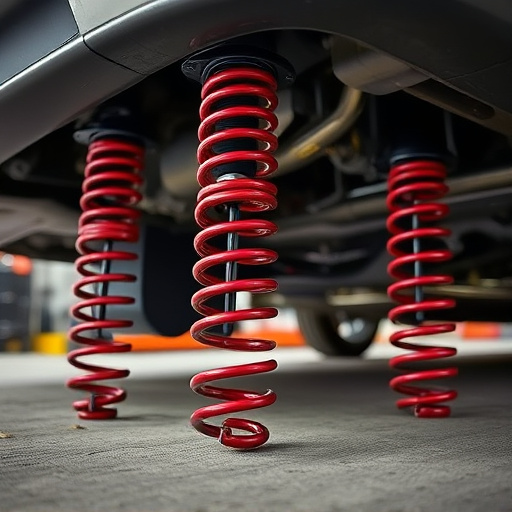
Turbo Heat Shields play a pivotal role in enhancing engine performance, especially in turbocharged vehicles. These specialized components are designed to insulate and protect critical intake air from the intense heat generated by the exhaust systems. By efficiently managing heat transfer, they ensure that the air entering the engine remains at optimal temperatures, which is crucial for maximizing power and efficiency.
In addition to their primary function, turbo heat shields also safeguard intake components from excessive heat, prolonging their lifespan. This is particularly important as intake components are often more vulnerable to damage from high temperatures compared to brake components or other parts of the engine. By maintaining cooler intake air, these shields contribute to a more stable and efficient combustion process, ultimately improving overall vehicle performance.
The Science Behind Turbo Heat Shielding: How It Works

Turbo Heat Shields are designed to mitigate the heat transfer from the exhaust system to the incoming air in air intake systems. This is achieved through a combination of insulation and shielding. The primary mechanism at play is preventing the heat from the hot exhaust gases from warming up the cold air entering the engine, which can significantly impact vehicle performance.
By acting as a barrier between the exhaust system and the air intake, these shields reduce the temperature drop in the air intake systems, allowing for a more consistent and cooler supply of air to the engine. This is crucial for maintaining optimal combustion, enhancing power output, and improving overall vehicle performance. The science behind it leverages advanced materials that reflect heat and minimize thermal conduction, ensuring that the engine receives high-pressure, hot air efficiently.
Benefits of Lower Intake Air Temperature: Impact on Engine Efficiency and Power Output
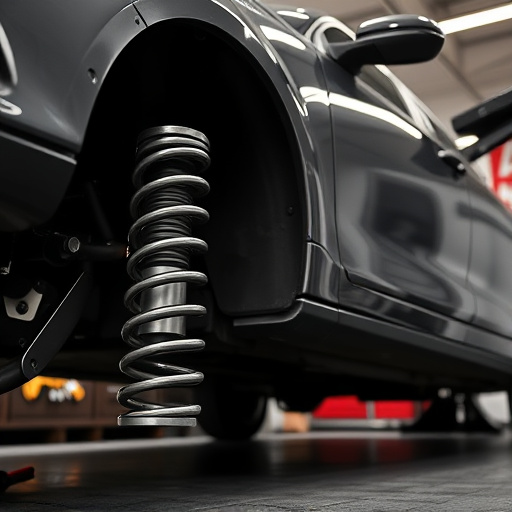
Lowering intake air temperature with a turbo heat shield offers significant advantages for your engine’s performance and overall efficiency. In automotive terms, cold air is denser, meaning that it contains more oxygen molecules per volume than warm air. This increased density results in better combustion within the engine cylinder. As such, engines equipped with turbochargers or superchargers can extract more power from a given amount of fuel when intake air temperature is lower, leading to enhanced performance and improved torque output.
This effect has a ripple impact on various aspects of engine operation. First, it allows for a wider power band across the rev range, providing smoother acceleration and faster response times. Second, it can improve fuel economy by optimizing the fuel-air mixture, reducing waste, and minimizing unburned fuel in the exhaust. Additionally, lower intake air temperatures contribute to reduced wear on components like turbos and pistons, as high temperatures are a leading cause of engine damage, especially under high boost pressures. This not only extends the lifespan of your vehicle’s critical parts but also ensures that performance brakes and cat back exhaust systems operate at their best, maintaining overall engine health and efficiency.
Turbo heat shields play a pivotal role in enhancing engine performance by reducing intake air temperature. By understanding their function, we can appreciate the science behind shielding that optimizes efficiency and power output. This technology, once harnessed fully, promises to revolutionize the automotive industry, ensuring folks enjoy smoother rides and more robust engines.
